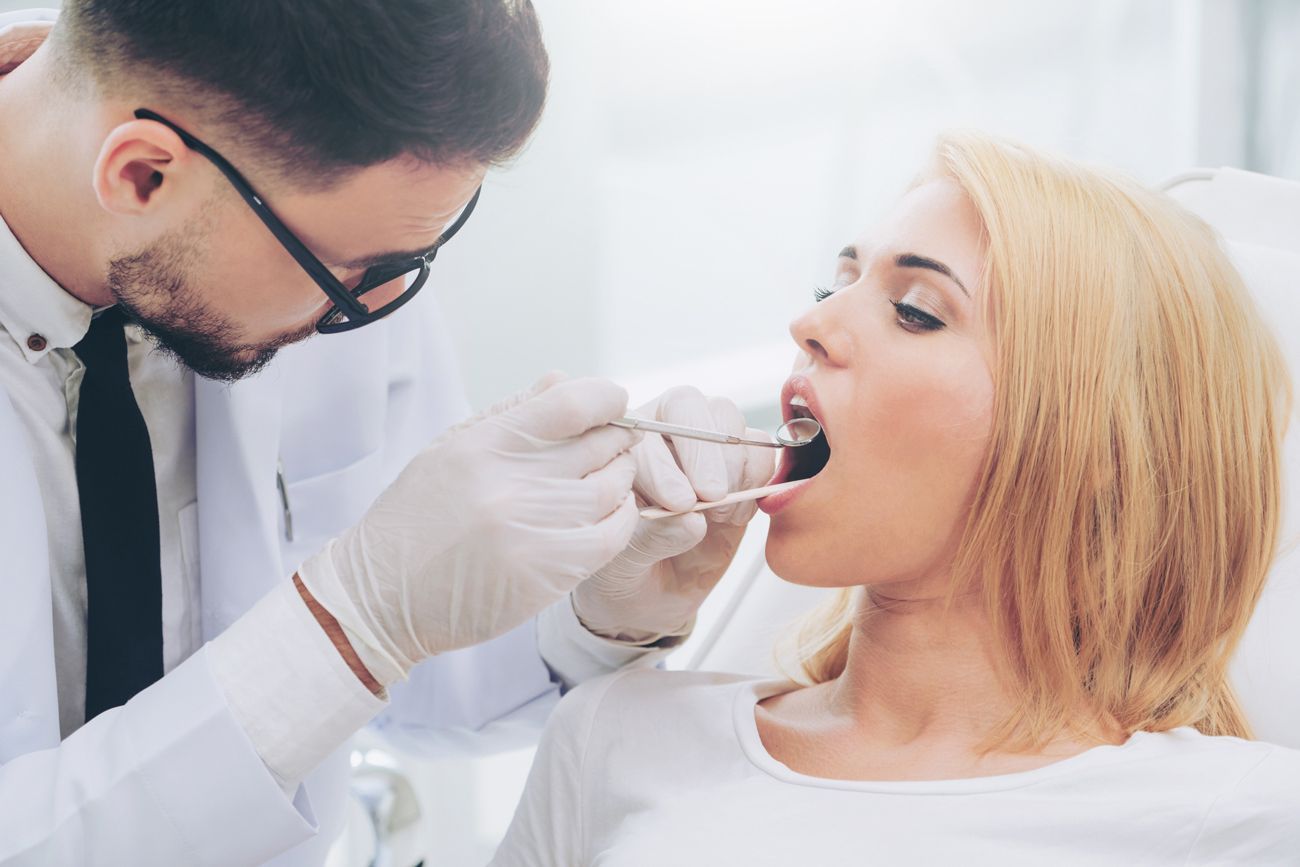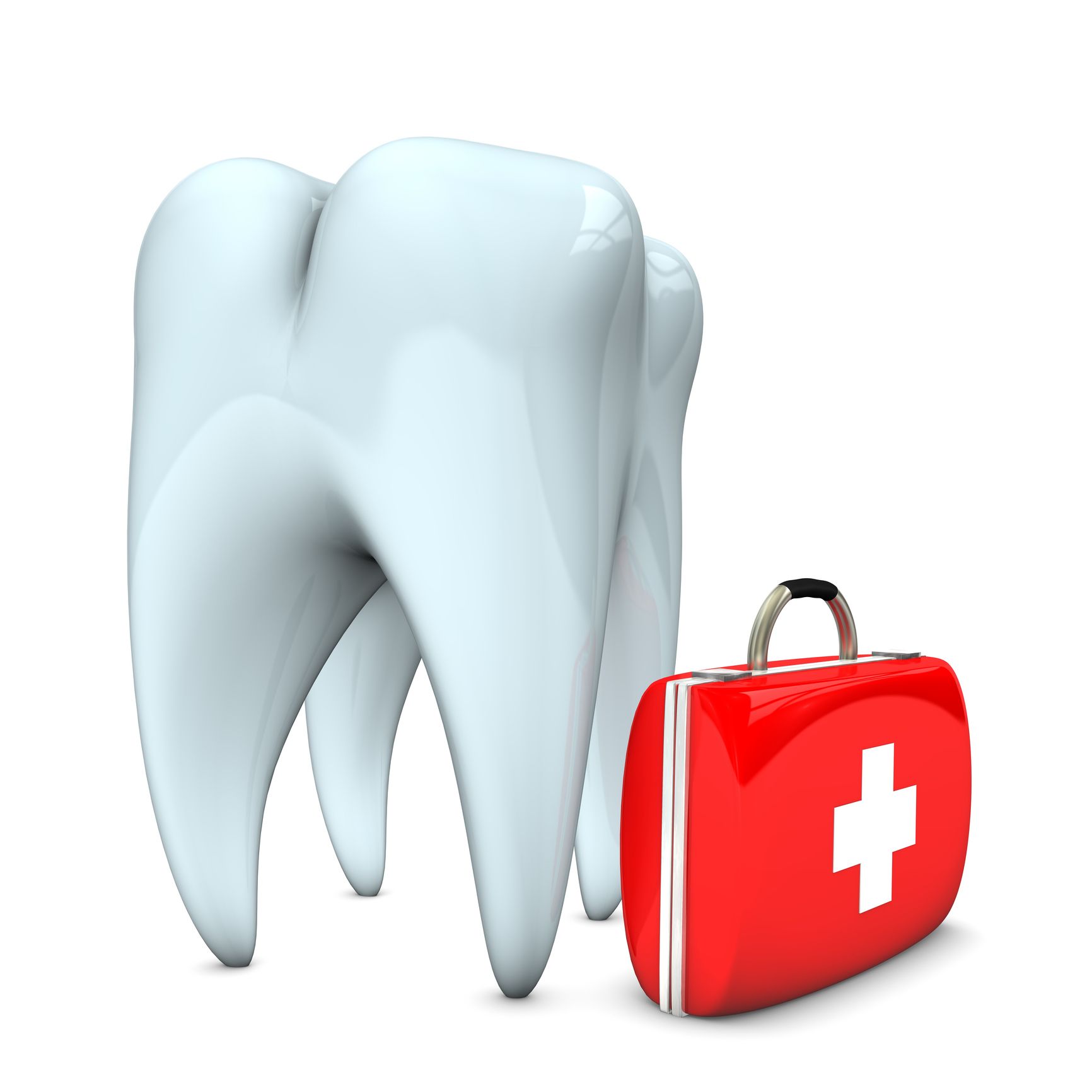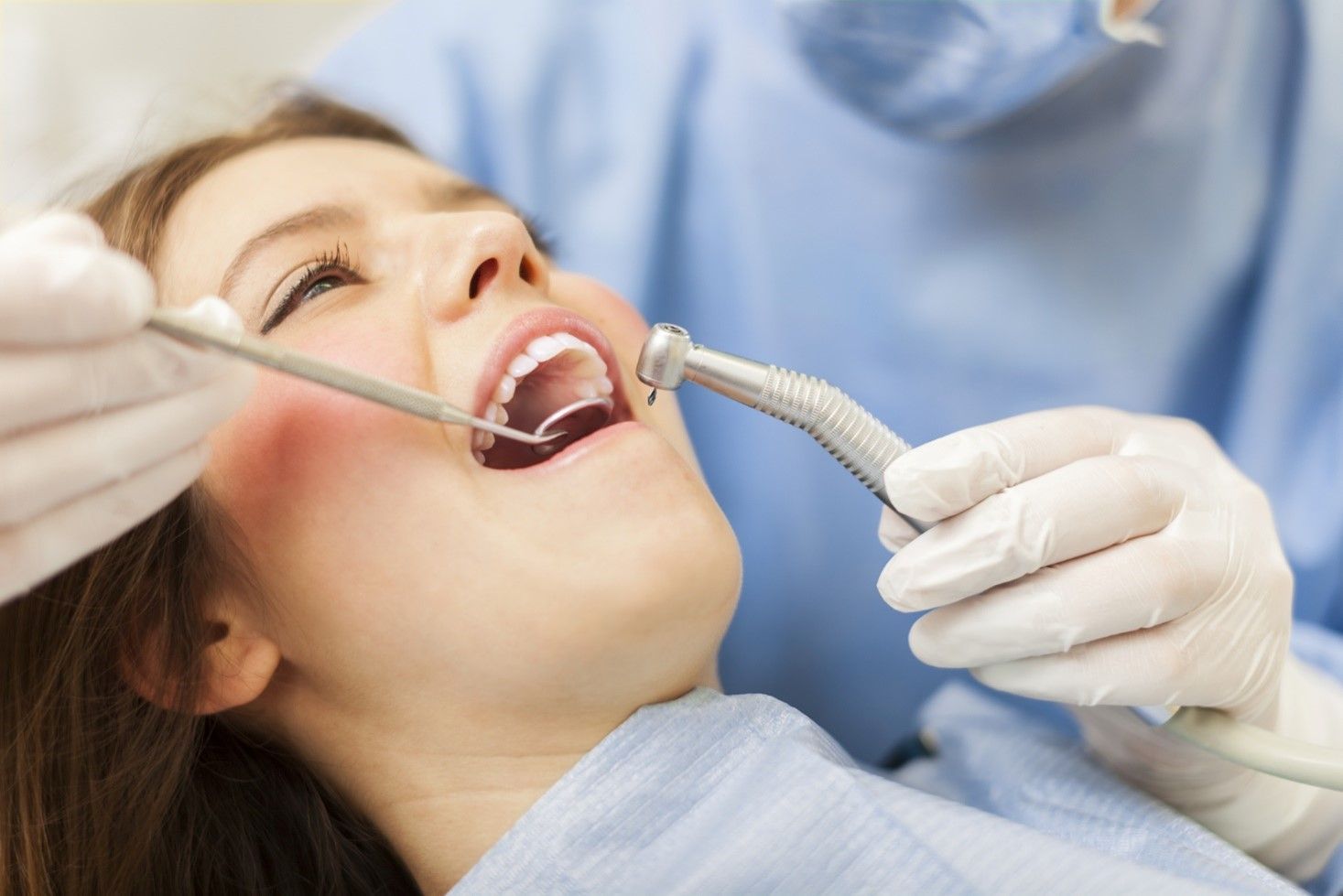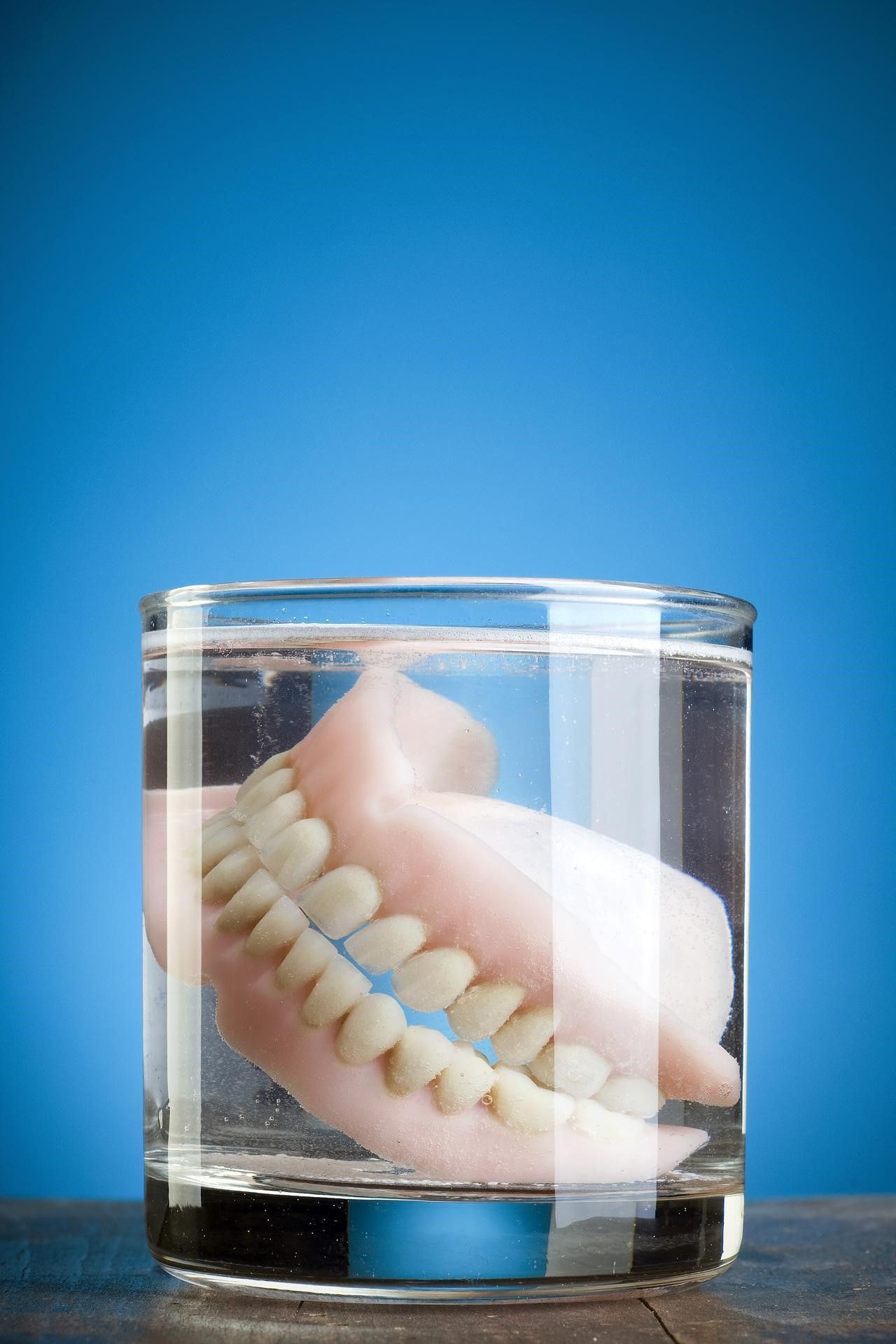Decay Under a Dental Crown
In an ideal world, a root canal and crown treatment should save your teeth from dental decay for the rest of your life. However, that is usually not the case, and a crowned tooth can still develop a cavity. Below is an overview of such cavities and their treatments.
How the Decay Happens
Decay can attack your crowned teeth in various. Below are some of the causes or forms of such decay.
Margin Decay
This type of decay starts at the junction between your natural tooth and dental crown. The decay starts when your gums recede and expose parts of your natural teeth. Bacteria and their acids then attack the exposed enamel. The decay can spread under the crown if you don't intervene in time.
Wear and Tear
Dental crowns are durable, but they do not last forever. Over time, the crown material will erode due to normal wear and tear. Some things, such as teeth grinding and dental accidents, can even accelerate the process. Extreme wear might allow bacteria to penetrate and attack your natural teeth.
Root Canal Failure
Dental decay under crowns typically starts from outside the crown. However, decay can also originate under the crowned teeth. You might experience such a problem if your root canal treatment fails. For example, that might be the case if the tooth has complex roots and the treatment didn't remove all the bacteria from all of the roots.
Dislodged Crown
A dental crown works best if it completely covers your natural tooth. However, extreme dental trauma can knock the crown of its initial placement. That will allow bacteria to reenter the tooth and cause damage.
Poor Oral Hygiene
Bacteria can also reach your crowned tooth due to poor oral hygiene. Poor oral hygiene allows bacteria to populate and attack different parts of your mouth. If the damage continues unchecked for a long time, some of them might migrate and attack the tooth tissues under the crown.
How the Diagnosis Occurs
Teeth decay under a crown can completely erode it. Prompt diagnosis and repair are necessary to save the tooth. Below are some of the ways the dentist can diagnose such decay.
Physical Examination
In some cases, your dentist may diagnose such decay merely by examining your tooth. For example, the dentist might diagnose decay if they notice receding gumlines and enamel erosion along the edges of the crown.
Symptom Review
The dentist may also discuss your symptoms with you to diagnose the decay. Dental decay is not always painful, especially in the early stages. However, you might have advanced decay if you can feel discomfort or pain on your crowned tooth.
Dental X-Ray
Dentists use x-rays to view internal tissues that the naked eye cannot see. Thus, the dentist can use x-rays to view changes to your teeth under the soft tissues.
What Treatments Are Available
Treatment for dental decay under crowned teeth usually takes two forms.
Dental Filling
The dentist may clean the affected tooth, apply antibacterial treatments, and fill the cavity. This treatment especially works for cavities along the margins of the crown.
Tooth Retreatment
In many cases, the dentist will need to retreat and re-crown the tooth. The treatment involves removing the existing crown, filling the cavity, and installing a new crown. Retreatment is a good way to ensure all the damaged tissues get out of the tooth.
Hopefully, you won't suffer dental decay throughout your dental crown's life. Remember to follow your dentist's advice to the letter to ensure that is the case. Contact Eastland Dental Center & Professional Dental Care if you suspect that something is wrong with your crowned tooth. We will examine your teeth and provide you with professional dental treatment.









